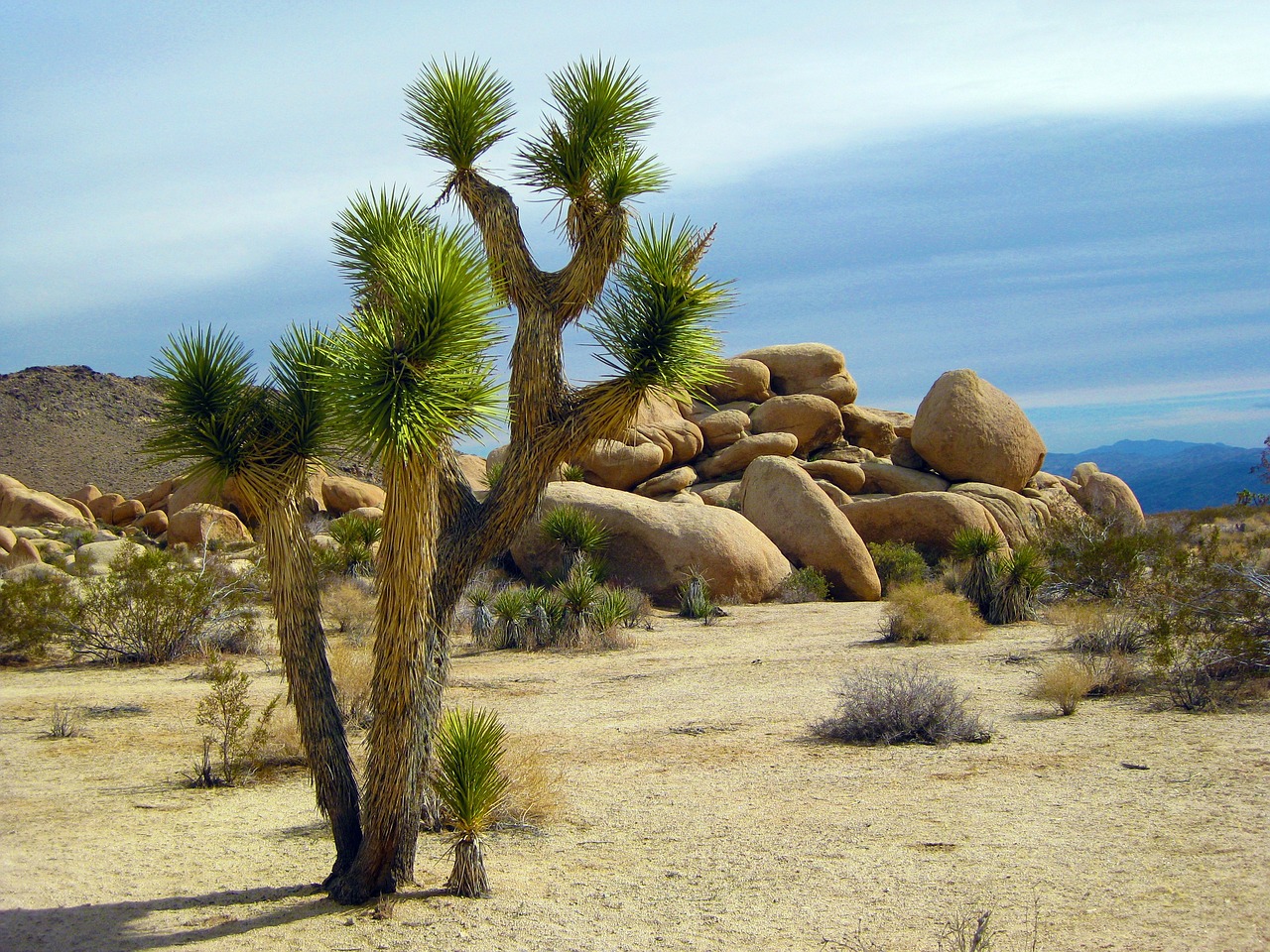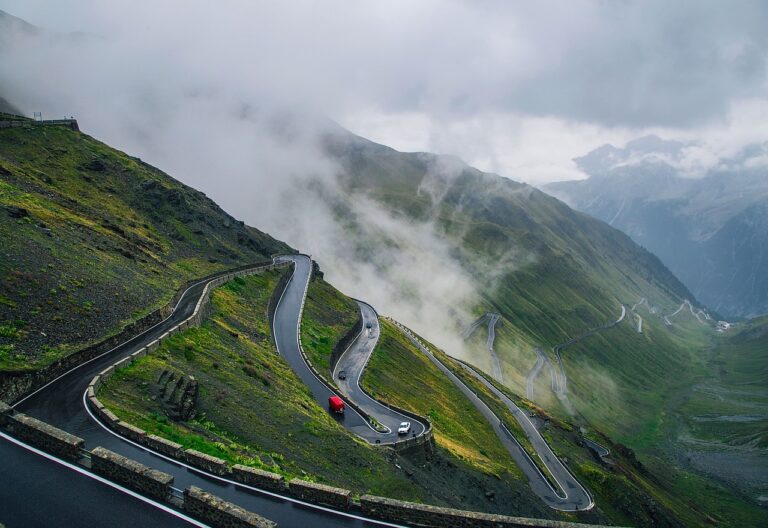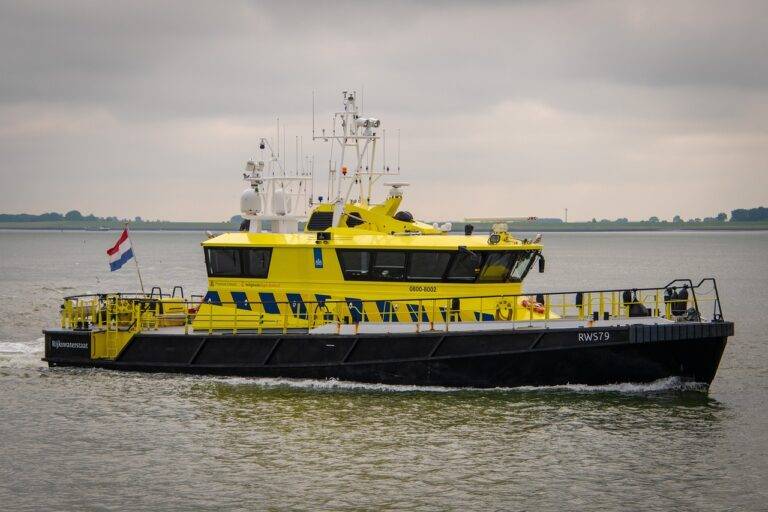Traveling to Arctic and Antarctic Regions
The Polar Regions boast some of the most extreme climates on Earth. In the Arctic, temperatures can range from -50°C in the winter to 10°C in the summer. The Antarctic, on the other hand, is even colder, with temperatures plummeting to as low as -80°C. These frigid conditions are a result of the regions’ proximity to the poles and their lack of sunlight for half the year.
Aside from the bone-chilling temperatures, the Polar Regions are also characterized by strong winds and frequent blizzards. These intense weather conditions can make travel and survival challenging for both humans and wildlife. Additionally, the presence of sea ice and glaciers further contribute to the harsh environment of the polar regions, shaping the landscape and influencing the local weather patterns.
Unique Wildlife Encounters in the Arctic and Antarctic
The Arctic and Antarctic are home to some of the most unique and fascinating wildlife on the planet. In the Arctic, visitors have the chance to encounter polar bears, reindeer, Arctic foxes, and a variety of bird species. Each encounter offers a glimpse into the incredible adaptation of these animals to survive in such harsh conditions, showcasing their resilience and beauty in the frozen landscapes.
On the other hand, the Antarctic provides a completely different wildlife experience, with sightings of penguins, seals, whales, and seabirds. Visitors to this icy continent are often mesmerized by the playful antics of penguins, the graceful movements of seals in the water, and the majestic presence of whales breaching the surface. These encounters offer a unique opportunity to witness nature in its purest form, untouched by human influence and thriving in a remote and unspoiled environment.
What kinds of climate and weather conditions can be expected in the polar regions?
The polar regions are known for their extreme cold temperatures, strong winds, and harsh weather conditions. Temperatures in the Arctic and Antarctic can drop well below freezing, with snow and ice prevalent throughout the year.
What unique wildlife can be encountered in the Arctic and Antarctic?
In the Arctic, visitors may encounter polar bears, walruses, Arctic foxes, and various species of whales and seals. In the Antarctic, wildlife includes penguins, seals, whales, and a variety of seabirds such as albatrosses and petrels.
Are there any conservation efforts in place to protect the wildlife in the polar regions?
Yes, there are various conservation programs and initiatives in place to protect the unique wildlife in the Arctic and Antarctic. These efforts aim to preserve the fragile ecosystems and habitats of these regions for future generations.
What is the best time of year to visit the Arctic and Antarctic for wildlife encounters?
The best time to visit the Arctic for wildlife encounters is during the summer months when the sea ice is less prevalent, allowing for easier access to observe polar bears and other wildlife. In the Antarctic, the best time to visit is during the austral summer (November to March) when wildlife is most active.





